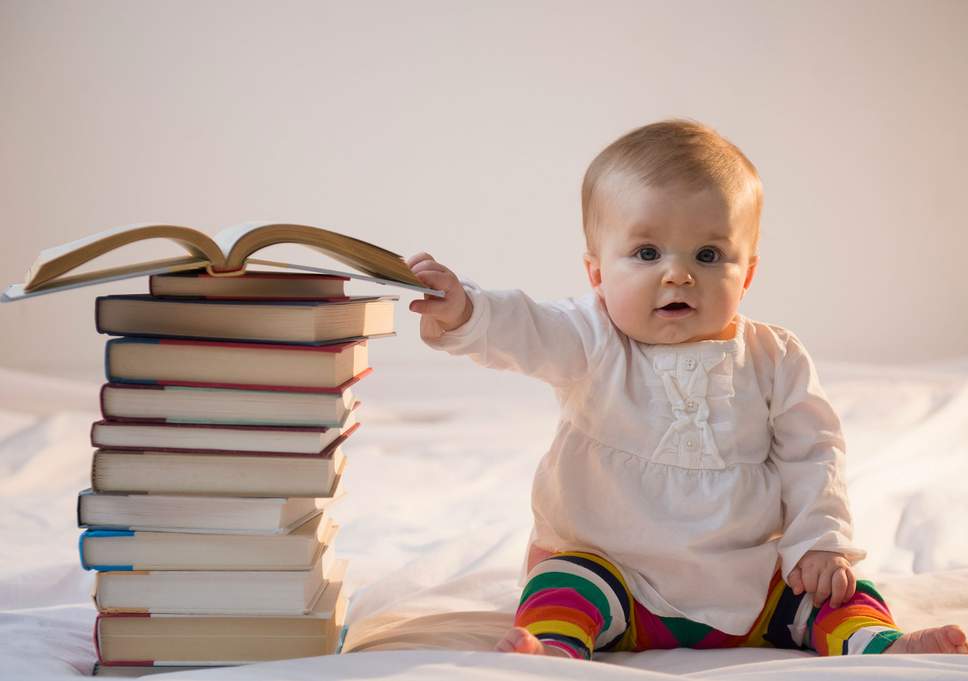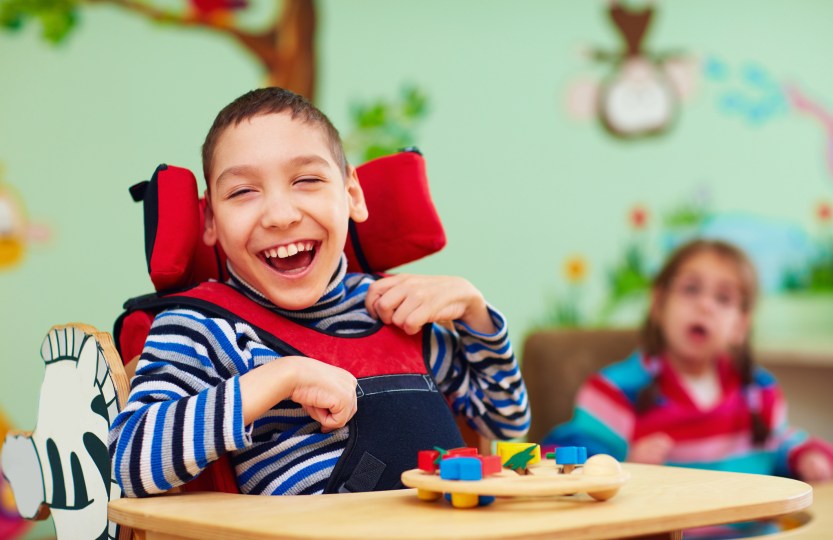
As a former teacher, I get this question a lot. When is your child ready to learn? The easiest answer to this question is…BIRTH! Your child begins learning from day one. They quickly understand to cry to get what they want, smile to get a smile in return, etc. Knowing this can only benefit us parent(s)/ caregivers so we can best interact with our little one.
Since we now know that kiddos start to learn from day one, we can adjust our interactions with them to facilitate their learning. For instance, you can teach your child sign language to help them communicate when they don’t yet have to words to speak. This truly eliminates many temper tantrums from a child who can’t get their loved one to understand what they are attempting to communicate. Or taking your child’s hand and guiding them into a nice touch when they hit you or another individual. This shows them how to touch others and that hitting isn’t appropriate. Another example would be unlatching your child from the breast while feeding when they bite. This, in turn, teaches them to not bite while feeding. You get the point.
So despite the title of this blog, “teaching” your child doesn’t mean learning their letters and numbers (although that can come quite early as well), but more about how the brain starts learning from day 1. In fact, a child starts learning their environment and how to interact in it quite young as well, so making sure to provide a safe environment for them is extremely important for their development.

What does a safe environment look like for an infant?
Per the CDC website, Young children experience their world through their relationships with parents and other caregivers. Safe, stable, nurturing relationships and environments for children and their caregivers provide a buffer against the effects of potential stressors such as CAN and other ACEs and are fundamental to developing healthy brain architecture. They
also shape the development of children’s physical, emotional, social, behavioral, and intellectual capacities, which ultimately affect their health as adults. As a result, promoting safe, stable, nurturing relationships and environments can have a positive impact on a broad range of health problems and on the development of skills that help children reach their full potential.
Safety, stability, and nurturing are three critical qualities of relationships and environments that make a difference for children as they grow and develop. They can be defined as follows:
Safety: The extent to which a child is free from fear and secure from physical or psychological harm within their social and physical environment.
Stability: The degree of predictability and consistency in a child’s social, emotional, and physical environment.
Nurturing: The extent to which children’s physical, emotional, and developmental needs are sensitively and consistently met.
Safe, stable, nurturing relationships and environments may help to:
- Reduce the occurrence of CAN and other ACEs
- Reduce the negative effects of CAN and other ACEs
- Improve physical, cognitive, and emotional outcomes throughout a child’s life
- Reduce health inequities
- Have a cumulative impact on health
For more information on the importance of safe, stable, nurturing relationships and environments see: https://www.cdc.gov/violenceprevention/childabuseandneglect/ essentials.html
0 Comments